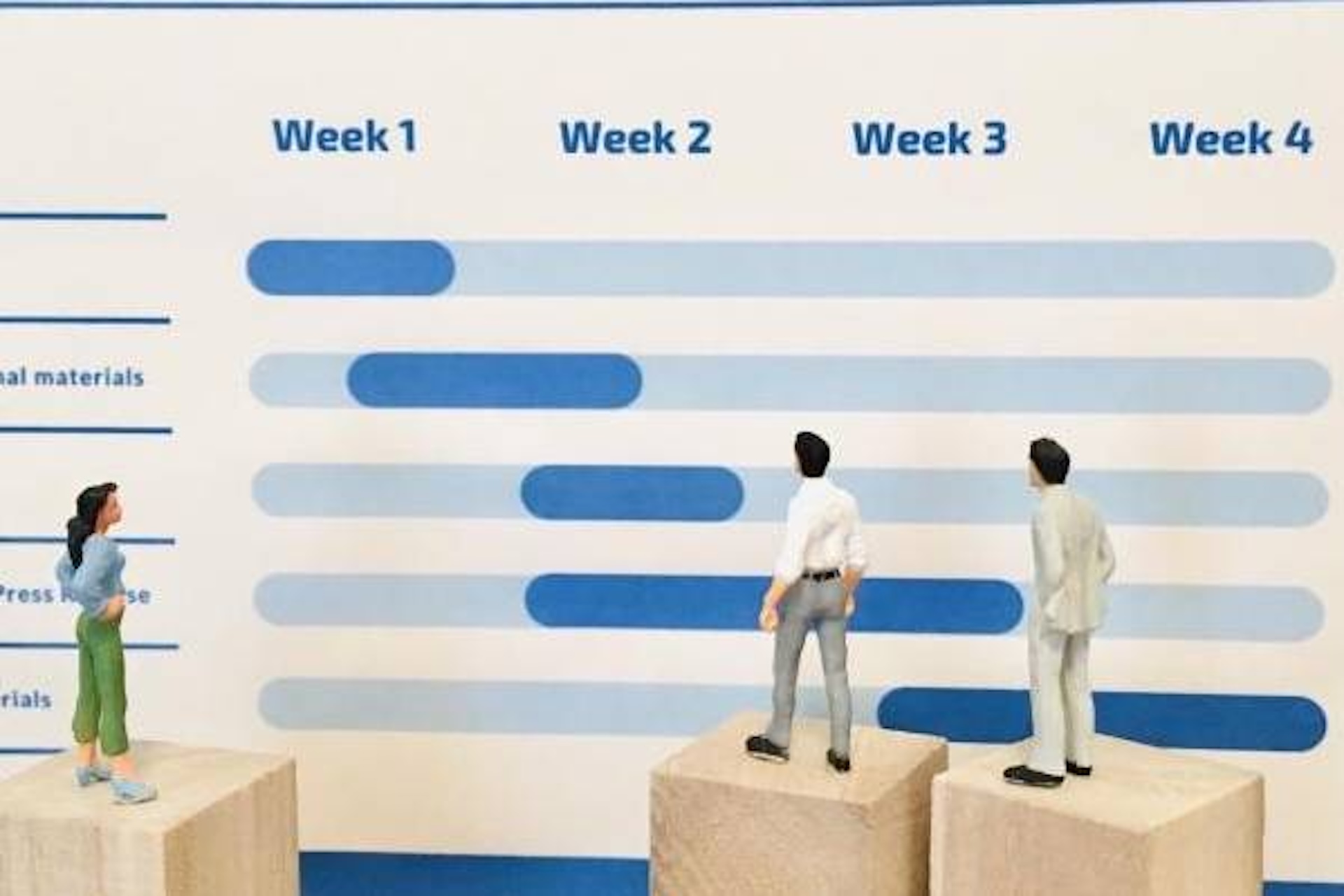Transitioning from Trello to Jira Software: A Migration Guide
Trello is a fantastic tool for simple task management, but as your projects grow in complexity, the need for advanced features and scalability often leads teams to Jira Software. Designed for Agile project management, Jira provides powerful tools like custom workflows, advanced reporting, and integrations that can streamline operations for larger teams and projects.
If you’re considering moving from Trello to Jira Software, here’s a quick guide to help you transition seamlessly.
Why Move from Trello to Jira Software?
While Trello is ideal for small teams and straightforward workflows, Jira Software offers:
- Scalability: Designed to handle complex, multi-team projects.
- Advanced Reporting: Tools like Velocity Charts and Burndown Charts for better project insights.
- Custom Workflows: Tailor processes to fit your team’s specific needs.
Robust Integrations: Seamlessly connect with Atlassian tools like Confluence and Bitbucket.
Step-by-Step Migration Guide
1. Audit Your Trello Boards
Before migrating, take inventory of your Trello boards:
- Identify active and relevant boards.
- Remove outdated or duplicate cards.
- Note important labels, checklists, and attachments you want to preserve.
This step ensures a clean and organized transition.
2. Set Up Jira Software
Create a Jira Software project that aligns with your team’s workflow:
- Scrum Project: For teams working in sprints with defined goals.
- Kanban Project: For teams focused on continuous delivery.
Customize workflows, statuses, and issue types to mirror your team’s processes.
3. Use the Trello-Jira Integration
Atlassian provides a built-in integration to simplify the migration:
- Enable the Jira Power-Up in Trello.
- Link your Trello boards to Jira projects.
- Use the integration to sync tasks or migrate data.
For larger migrations, export Trello data as a CSV file and import it into Jira using Jira’s import tools.
4. Map Trello Elements to Jira
Adapt Trello’s structure to Jira’s features:
- Trello Cards → Jira Issues: Tasks, stories, or bugs in Jira.
- Trello Lists → Jira Workflows: Statuses like “To Do,” “In Progress,” and “Done.”
- Trello Checklists → Jira Subtasks: Break tasks into actionable items.
Ensure labels, attachments, and due dates are transferred accurately.
5. Train Your Team
Jira’s robust feature set can feel overwhelming at first. Help your team adapt by:
- Hosting a Jira training session.
- Sharing tutorials on essential Jira features like boards, sprints, and reporting.
Providing access to Jira’s help documentation.
6. Test and Refine
Before going live, test your Jira setup with a small project or team:
- Ensure workflows match your expectations.
- Verify all data was transferred correctly.
Gather feedback and make adjustments to improve usability.
Pro Tips for a Smooth Transition
- Start Simple: Use default workflows initially and build complexity as needed.
- Automate Tasks: Leverage Jira’s automation to save time on repetitive tasks like assigning issues or notifying stakeholders.
Track Progress: Use Jira’s reporting features to monitor project performance and identify bottlenecks.
Conclusion
Moving from Trello to Jira Software is a step toward scaling your project management capabilities. While the transition requires some effort, Jira’s advanced features make it worth the investment, helping your team tackle complex projects with ease.
Follow this guide to ensure a smooth migration and set your team up for success!





